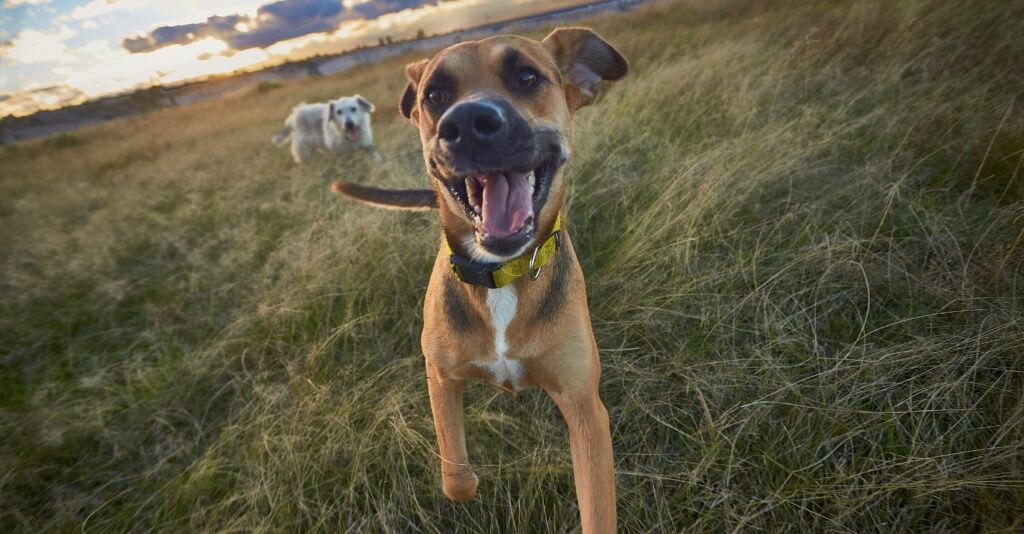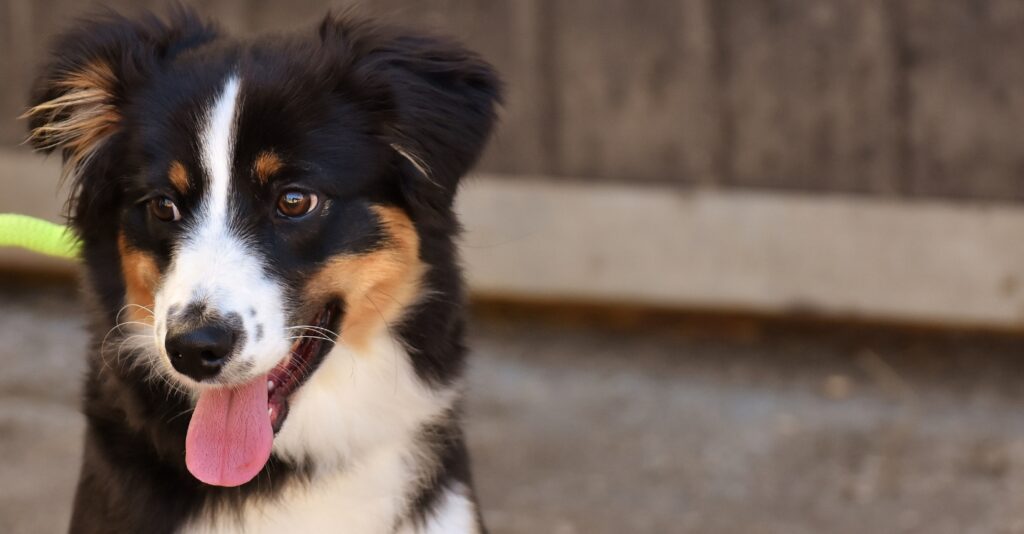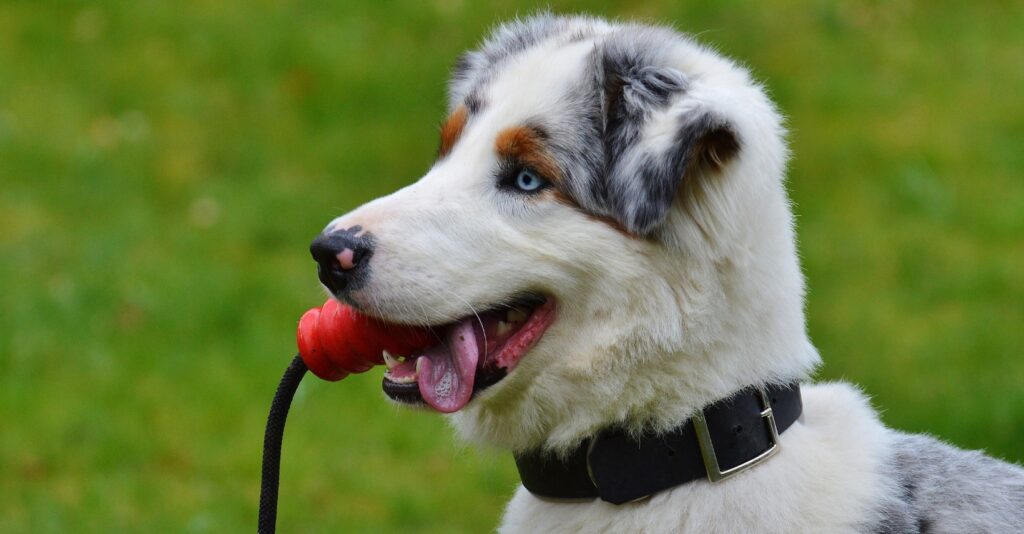From rambunctious to refined: Tips to train your adolescent dog

If you have a teenage dog, you know this stage brings unique challenges.
To help you and your dog succeed during this crucial phase of your dog’s development, we have gathered expert advice from AnimalKind dog trainers Hilary Webster and Valerie Barry.
From managing teenage behaviours to training catered to teen dogs, you can get tips that explore what to focus on and provide valuable insights on mental and physical stimulation for your adolescent dog.
Discover the secrets to successful training for your adolescent dog:
- Understanding teen behaviour and managing your expectations – Hilary Webster, Two Blue Tails Dog Walking & Training
- Training catered to teen dogs – Valerie Barry, Dog Partners

Understanding teen behaviour
Hilary Webster, Two Blue Tails Dog Walking & Training
What is the typical behaviour of adolescent dogs?
One thing you may notice with your adolescent dog is everything else in the world becomes more exciting than you!
Your training can appear to have gone out the window; that’s generally not the case. It’s just that adolescent dogs find it harder to focus.
You may also see an increase in excitability, or you may even see some new fears crop up.
What can help adolescent dogs avoid developing unwanted behaviours?
You can adjust your expectations for your dog during this time. This will help keep the relationship and your bond in a good place which is important for this phase of their life.
This is a time when they need play, social opportunities, and lots of patience!

Training catered to teen dogs
What are some tips for training a teenage dog?
A big focus should remain on continuing socialization throughout adolescence. In fact, socialization is a lifetime process.
Your dog’s internal environment is changing: hormones are changing, confidence is growing, independence is growing, and their agility and athleticism are changing. Their external environment is also changing as their worlds open up, from puppyhood outings to longer outings in a variety of different environments.
As they mature from puppy to adolescent, dogs need to continue to have positive exposures.
What are the most important cues I should focus on with my teen dogs?
- Coming when called is a critical life skill, and learning to quickly come away from dogs when asked is essential to build friendly relationships with other dogs.
- Learning not to stare at other dogs approaching when out on leashed walks. Briefly turning their heads away before glancing back at a dog who is approaching is an important social skill that indicates a more friendly or neutral intent.
- Approaching people calmly and not jumping up are manners that most people expect and appreciate from a grown dog. If your dog is worried about people, then they need to learn that they have a choice to remain at a distance, and it’s a choice supported by you. Specific training geared toward helping them become more comfortable around a variety of people will be important.
- Walking on a loose leash is a necessary skill in most dogs’ lives and is easier to teach when they’re young. This involves keeping them engaged during leashed walks so your dog is actively paying attention to you, your speed, and changes in direction vs. focusing solely on what’s going on around them.

How can I prepare for training my adolescent dog?
The most valuable things for pet parents to learn are dog body language and dog behaviour, especially as it relates to their own dog.
Learning to communicate with your dog and understanding your dog’s communication attempts are essential to raising a dog. To keep everyone safe, you need to know what your dog needs when they’re overwhelmed, scared and anxious and how to help them in these situations. As a dog parent, you need to be able to recognize when your dog needs help and support, when they need distance and when they need training.
How long should training sessions be? How frequent?
Training is a continuous process.
Learning to perform behaviours that are important to us in a growing number of environments and levels of distraction takes a lot of practice, so take into consideration that:
- Young dogs benefit more from short training sessions scattered throughout the day or week.
- Young dogs tire more easily than people think and only have so much mental stamina to last throughout the day.
- Physical exercise isn’t always the best way to tire out your dog, so learn how much physical exercise is best for your dog and have a good balance of mental and physical activity.
When you are training your adolescent dog, you are doing the important work of building your relationship. Your dog needs to know they are listened to, are supported and can get your help navigating this confusing world of living with humans.
Training takes time: Be prepared and ready for the fun of the teenage years!
Training an adolescent dog can be challenging, but ultimately, it’s a rewarding experience. Being a teen means dog starts experiencing and exploring a larger world around them while going through physical changes. As a dog guardian, you can be the guide they need to go through it all.
You can help your teenage dog develop into a confident, affectionate companion, and reach their full potential!
Soon, they will be reaching adulthood, and you will need practical dog training tips and advice specific to adult dogs.
Happy training!
For more expert tips and guidance on training and caring for your dog, be sure to explore: